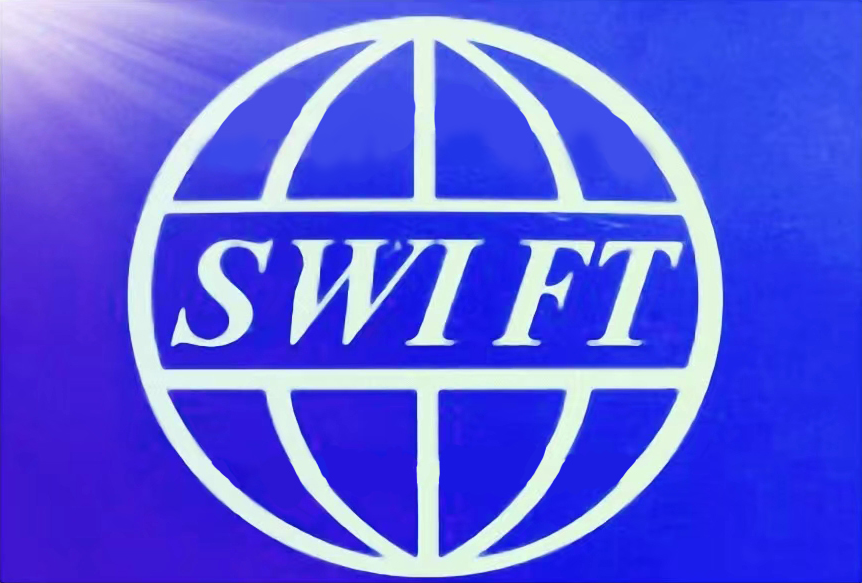Introduction to Sea Freight and Timelines
Hello, Global Trade fanatic! If I were to ask you about importing or exporting a product overseas, what would be the first thing that pops into your head? Timelines. Knowledge is power in the world of sea freight and understanding the timelines is absolutely vital to keeping your supply chain running smoothly.
Sea freight moves a significant portion to two-thirds (depending on the year) of the world's goods across oceans, making it the backbone of global trade. So how long does shipment from one end to the other over thousands of miles take? That is what we are going to take you through.
Factors Affecting Sea Freight Timelines
Sea Freight Time-lines:Factors_INV(statearr) The latter is most evident in the mileage separating the port of origin from the fare, The farther the distance led to the longer time in which the ship will arrived at it destination.
Another thing to consider is the velocity of the boat. Now, some ships do have the ability to jump(T2 Cruisers) not all are as fast as others. Still, the fact is even the fastest vessels are limited in what they can accomplish to enhance the pace of that trek.
Plan your route as well Some routes are shorter or more direct, so the route selection can influence the duration. Weather or maritime regulations however might sometimes mean the selected route is not the fastest even though it can be seen that way at first sight.
Who is going to want a delay caused by port congestion? Port congestion equals longer waits for a ship to enter port and load or unload its cargo. If there are any problems with the documentation or customs authorities decide that they want to inspect the goods then these clearance times will be heavily delayed.
The Reality of 'The Slow Boat to China'
The term “the slow boat to China” has been in existence for quite some time, and I suspect this is how the lackluster releases of Epic Games, Tencent and Activision Blizzard were interpreted. This brings home the point that when it comes to sea freight, shipping to China or from China can take a while.
While ships have become faster and more efficient, distances have been unchanged for millennia. Currently, the average transit time for a ship heading to China can span as much as 48 days depending on departure point. A ship leaving from a port on the U.S. West Coast, for instance, might need about two weeks to sail to China; from the East Coast, it is three to four weeks.
Strategies for Managing Sea Freight Timelines
Therefore, how are businesses to manage these lead times and still have their goods arrive by the delivery date? The first step is planning. Businesses can then use this information to plan their shipments by accounting for the typical transit times and any potential delays.
Forward Scheduling is another tactic. By booking your shipments well in advance, companies are able to take into account these delays and make sure that will arrive when is needed.
This is also vital i.e. selecting the correct shipping service level. You may also receive a faster transit time from your freight carrier if you need to transport an urgent shipment; in contrast, freight carriers offer various service levels that sea freight carriers do not. With critical shipments, you may need to be prepared to invest in a service that sends your shipment as fast as possible.
The Future of Sea Freight Timelines
As you look forward, there could potentially be light at the end of the tunnel in relation to sea freight timescales. Improvements in technology – such as ship design, propulsion systems and so on – should also enable faster and more efficient vessels. On the other hand, port infrastructure and customs processes need to be improved so that waiting times are drastically reduced and the overall transit time is faster.
But there is a move for more sustainable from shipping too. And as the industry moves to cut its carbon footprint, there could be a potential conflict between velocity and sustainability. While slower steaming can cut down on the fuel consumption—and ultimately emissions—it also lengthens voyage time;
Conclusion: Navigating the Waters of Sea Freight Timelines
Overall, businesses which are a part of international trade need to understand the sea freight timelines. Various factors affect transit times, and successful businesses put strategies in place to cope.
Therefore, if you have a shipment planned to be sent to the other side of the world or hope something will arrive on time for your business during Christmas then remember it is at sea that may not be fast but being found and strategies are still what keep it moving ferociously end effective.



